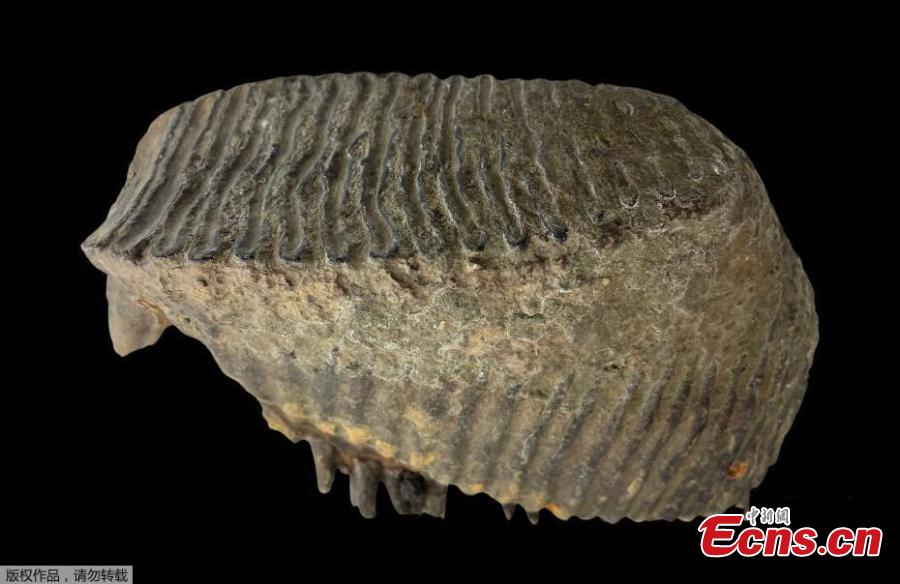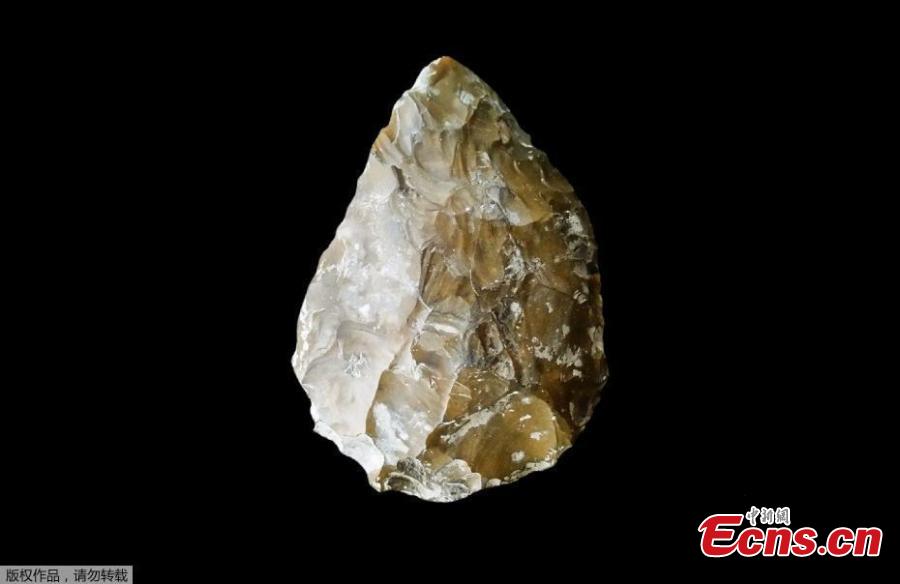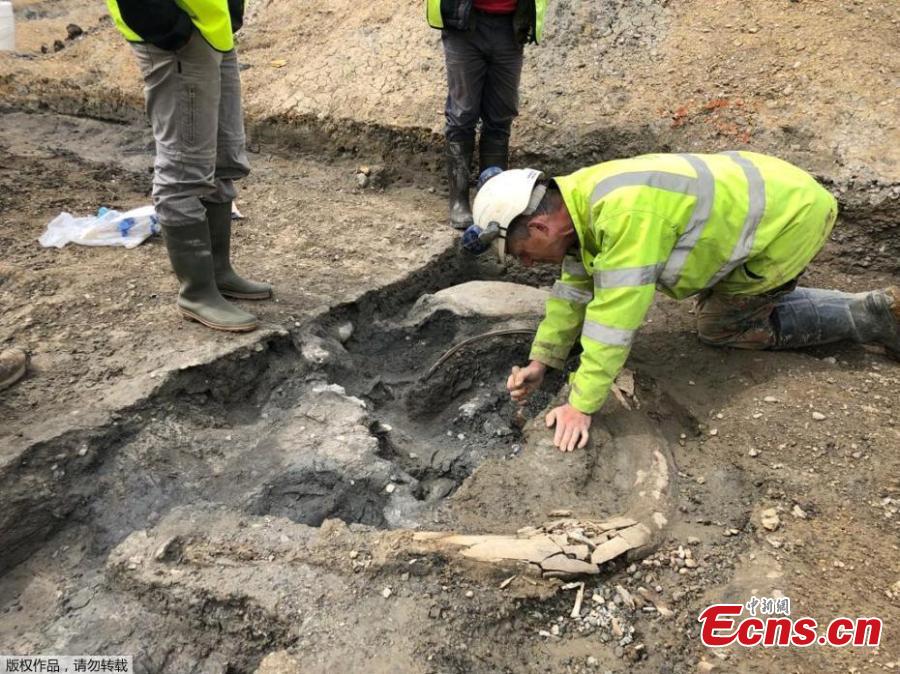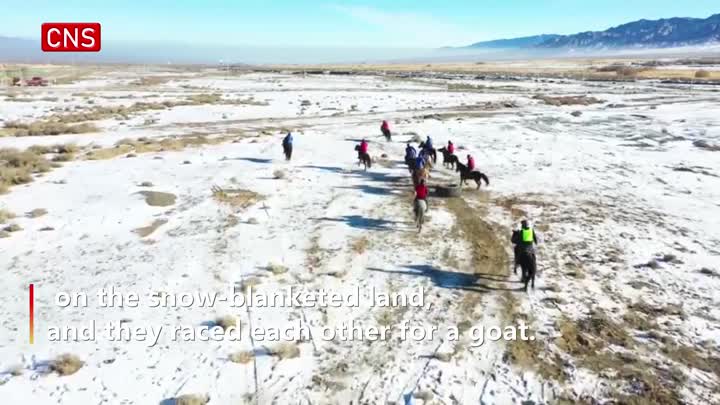
One piece from the remains of a Mammoth in Swindon, southwest England. (File photo/Agencies)
A large ruin site of the Mammoth remains was found before at a quarry of the southwest town in England. Five mammoth remains along with stone tools made by the Neanderthals (living around 30,000 years ago) were also found during the excavation.
History of the ruins of the Mammoth remains can be traced back to 210,000 years ago. The archaeological excavation are deemed as the most prominent discovery at Britain in recent years.

One piece from the remains of a Mammoth in Swindon, southwest England. (File photo/Agencies)
A large ruin site of the Mammoth remains was found before at a quarry of the southwest town in England. Five mammoth remains along with stone tools made by the Neanderthals (living around 30,000 years ago) were also found during the excavation.
History of the ruins of the Mammoth remains can be traced back to 210,000 years ago. The archaeological excavation are deemed as the most prominent discovery at Britain in recent years.

One piece from the remains of a Mammoth in Swindon, southwest England. (File photo/Agencies)
A large ruin site of the Mammoth remains was found before at a quarry of the southwest town in England. Five mammoth remains along with stone tools made by the Neanderthals (living around 30,000 years ago) were also found during the excavation.
History of the ruins of the Mammoth remains can be traced back to 210,000 years ago. The archaeological excavation are deemed as the most prominent discovery at Britain in recent years.























 京公网安备 11010202009201号
京公网安备 11010202009201号